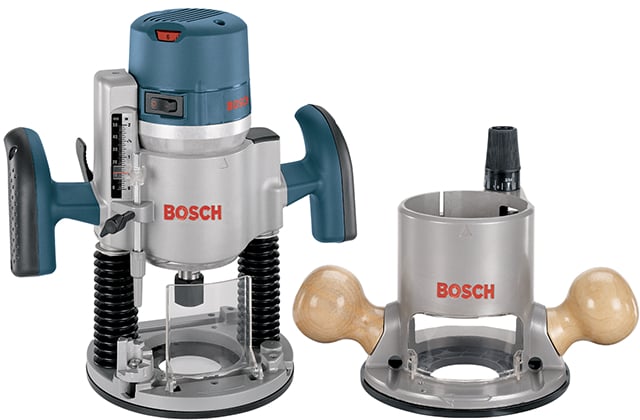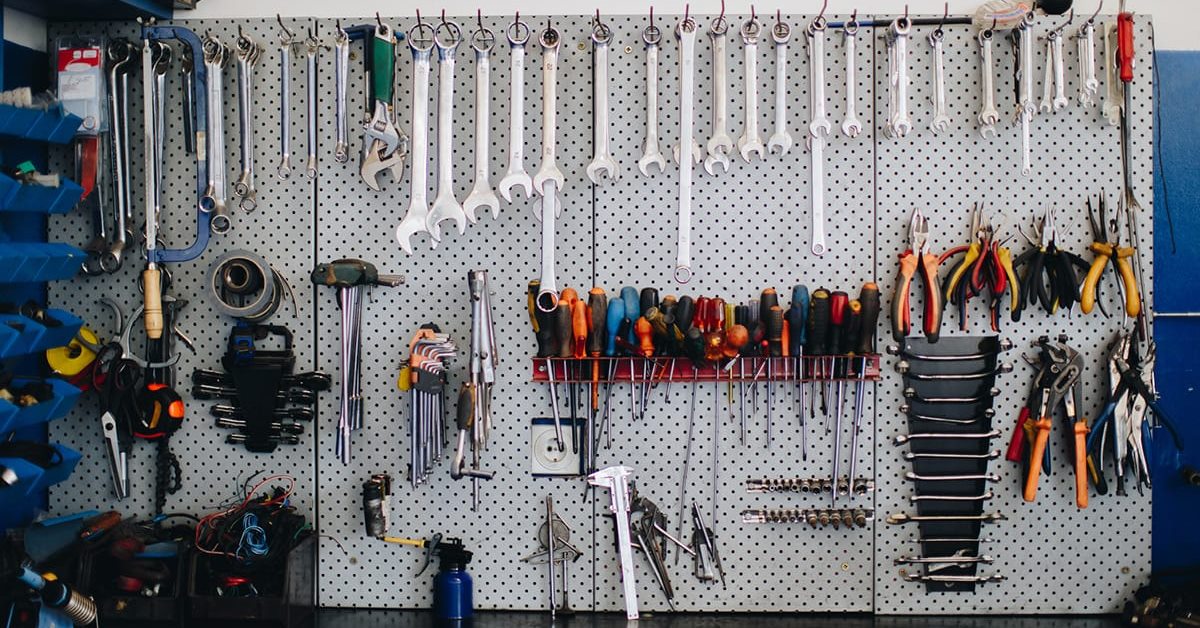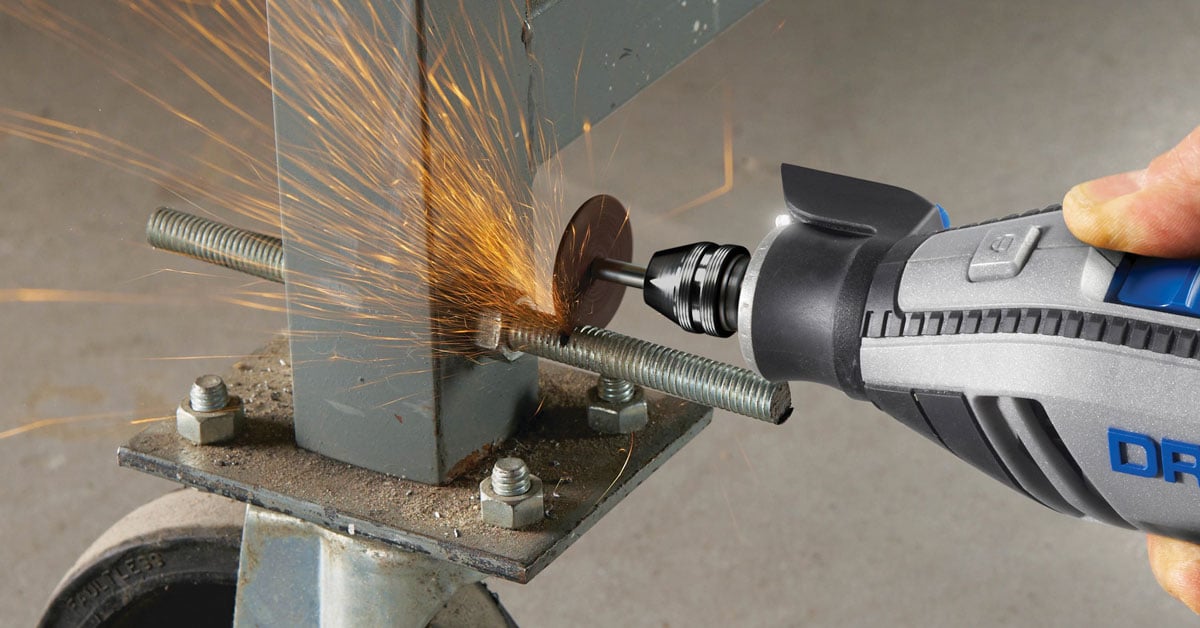Key Parts of the Router
A router consists of many different parts including:
- Motor: This is an electric motor that drives the spindle of the tool. Rated in horsepower, the power of router motors usually ranges from 0.5 HP to 3.5 HP. More powerful units are heavier and can carve wood faster and more efficiently.
- Handles: Two arms or knobs on the sides of the tool. These provide firm grip and control and, in some models, used to push the machine down into the material it's cutting.
- Trigger: The on/off switch for the tool. Usually located on one of the handles but sometimes placed on the body of the tool.
- Lock-on switch: Locks the power switch in the "On" position so users don't have to press down the trigger to keep the tool running.
- Variable speed dial: This control allows users to adjust the cutting speed of the tool depending on the density of material and type of bit used. Motor speed for routing machine ranges from 8,000 rpm to 30,000 rpm. When routing, run larger bits at lower speeds.
- Collet: Also known as the chuck, this part holds the bit in place. Some have interchangeable collets with adapters.
- Base: The solid bottom of the tool, usually covered in hard plastic or rubber to avoid marking the surface of the wood. It may also have access holes for fastening the tool to a router table.
- Depth stop: Feature of plunge routers that allows the operator to adjust how far the cutting bit will fall. With this feature, users can control the distance between the body of the tool and the base plate.
















